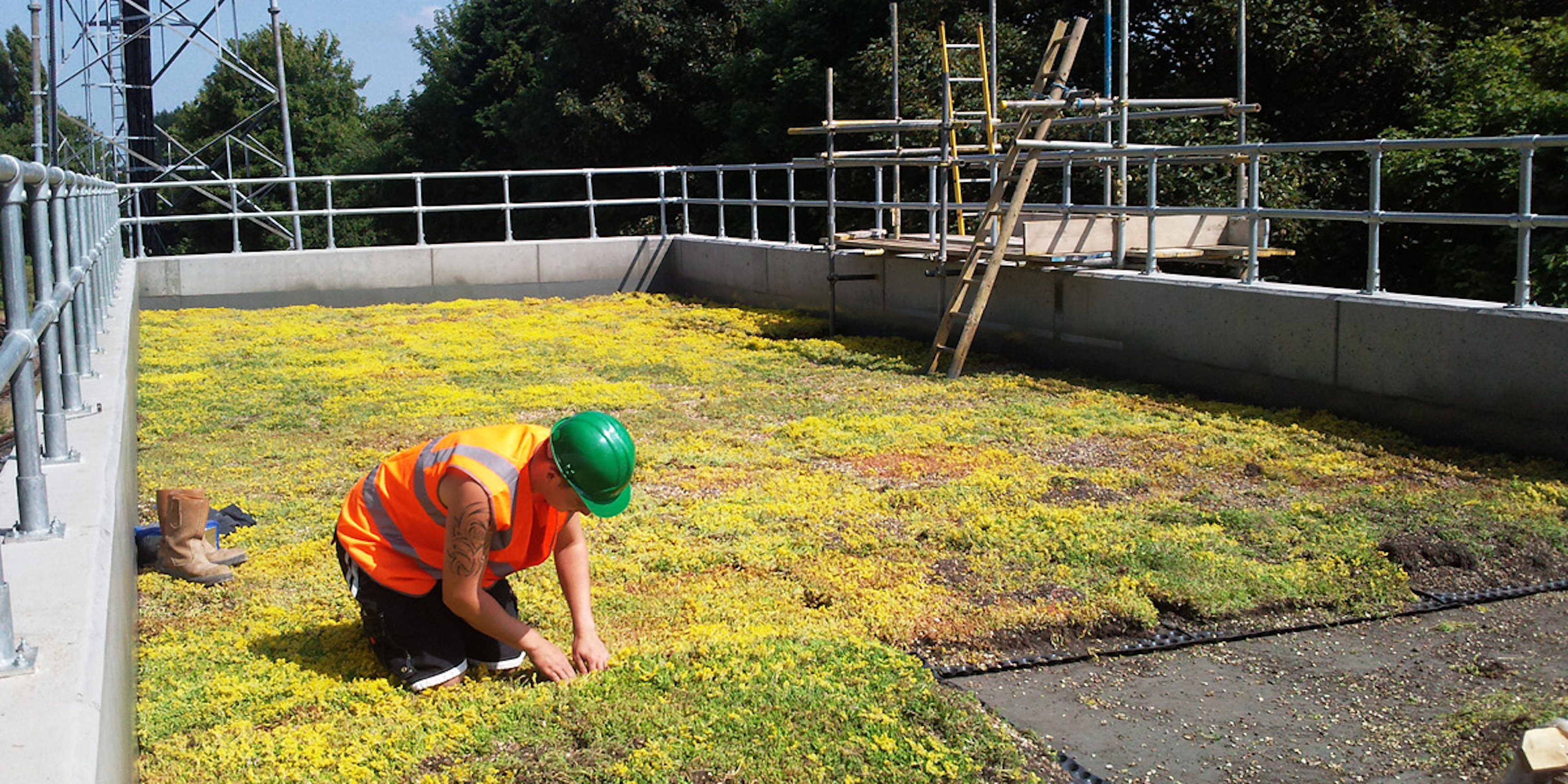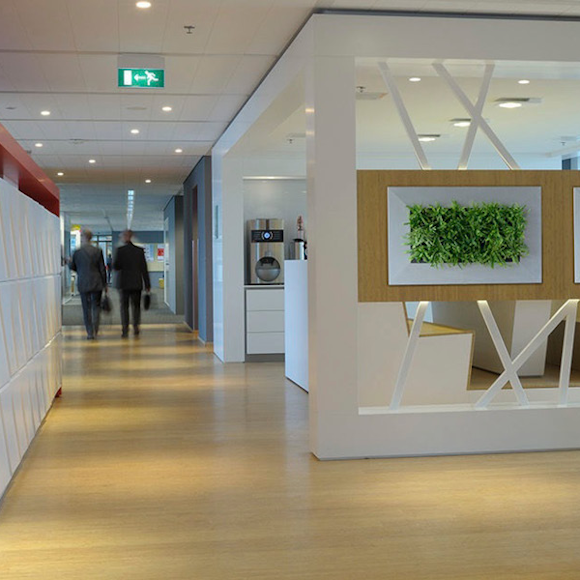The short answer is yes, absolutely! There are plenty of reasons why the UK climate is perfect for green roofs. Adding some greenery to British cities in particular helps to add biodiversity in areas where green space has been lost to intensive development.
When selecting your green roof, you must first consider location factors. This is the same case no matter where your project is based. For example, if the building is located in a coastal area you should specify a selection of plants typically found within the local area. These will withstand the harsher winds and salt spray better. Over on the Viritopia blog, we discussed post-code specific plants.
Other factors to consider include the volume of rainfall and amount of sunlight expected. Although you may expect the UK’s rainy and grey weather to limit your choices, there are hundreds of species that flourish in these conditions. A great example is sedum. This is low growing and a perennial, which makes the plant easy to maintain, as it doesn’t require mowing. There are also variants within the sedum species, so there are plenty of options available to the UK market.
So what’s your excuse? From Barnsley to Barbados, a green roof can work anywhere with the right specification.


